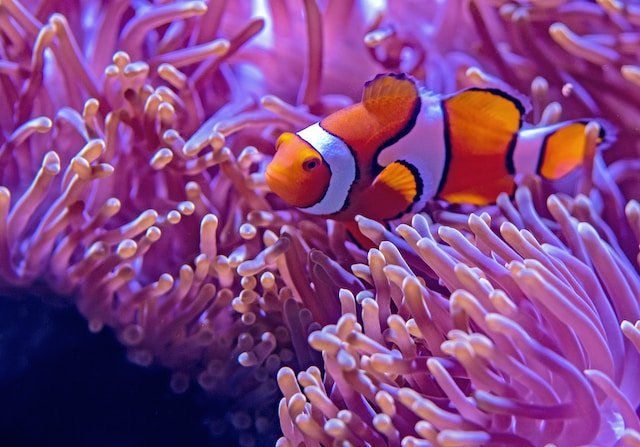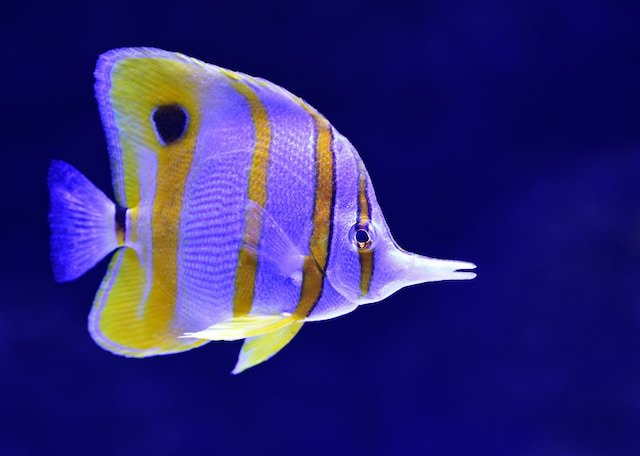Saltwater Fishkeeping: Everything You Need to Know to Start Your Reef Tank
Saltwater fishkeeping has become an increasingly popular hobby among aquarium enthusiasts in recent years. It involves creating a miniature ecosystem, complete with a variety of fish, invertebrates, and coral. While it can be a challenging hobby to get started with, the rewards are well worth it. A thriving reef tank can provide stress relief, education, and beauty to any living space.
In this article, we will provide you with everything you need to know to start your own saltwater tank. Read on and find out how to can create the best possible aquatic environment.
The Benefits of Saltwater Aquariums
Are you looking for more compelling reasons to start a saltwater aquarium? Below are some benefits that might convince you:
- A source of relaxation, as watching the fish and other marine creatures can reduce stress levels
- An educational opportunity to learn about marine life and how to care for it
- A stunning addition to any home or office
- Create a thriving ecosystem in your own home
- A sense of accomplishment and satisfaction in maintaining a healthy environment for the fish and other marine creatures
- A way to connect with nature
Getting Started With Your Tank
Before you start setting up your saltwater tank, you'll need to gather the necessary equipment and supplies. The most important items include a tank, a filter, a heater, and lighting. It's crucial to choose the right size of tank and a suitable location in your home. Once you've set up the tank, you'll need to cycle it to establish a healthy ecosystem.
Choosing the right equipment and setting up the tank properly is essential for the long-term success of your reef tank. It's also important to keep in mind the ongoing maintenance that's required to keep your ecosystem healthy. In the next sections, we'll discuss in more detail the equipment and supplies you'll need and the steps required to set up and maintain your tank.
Choosing the Right Fish and Invertebrates
One of the most exciting aspects of owning a reef tank is selecting the fish and invertebrates that will live in it. However, it's important to choose the right species that are compatible with each other and the environment.
When selecting fish for saltwater aquariums, consider their size, behavior, and feeding habits. Some species are territorial and may not get along with others, while others require specific types of food or water conditions. Invertebrates, such as coral, also have specific requirements for lighting, water flow, and water quality.
It's important to research the different species thoroughly to ensure they are compatible with your tank and each other. Some may also need specialized care or maintenance, which should be taken into account before purchasing them.
Additionally, it's crucial to avoid overstocking the tank, as this can lead to overcrowding and poor water quality. A general rule of thumb is to have no more than one inch of fish per five gallons of water.
Maintaining a Healthy Aquarium
Once your reef tank is set up and stocked, it's crucial to create the optimal environment. This involves monitoring and maintaining water quality, controlling algae growth, and performing regular maintenance.
Water quality is essential to the health of your fish and invertebrates. You'll need to regularly monitor the pH, salinity, and temperature levels, as well as test for ammonia, nitrite, and nitrate levels. If any of these levels are outside of the ideal range, corrective action should be taken immediately.
Algae growth is another common problem in reef tanks. While some algae are necessary, too much can lead to poor water quality and harm the fish and invertebrates. As such, you should focus on eradicating black algae or any other types of algae that can be present in the tank. You can limit the amount of light your tank receives, remove excess food, and use algae-eating fish or invertebrates.
Regular maintenance is also necessary to keep your reef tank healthy. This includes performing partial water changes every 2-4 weeks, cleaning the tank and equipment, and replacing any worn or outdated equipment.
Troubleshooting Common Problems
Despite your best efforts, problems can still arise in your reef tank. Some common issues include fish disease, algae blooms, and equipment failure.
Fish disease can be caused by a variety of factors, such as poor water quality, stress, or the introduction of a sick fish. If you notice any signs of illness, such as discolored patches, unusual behavior, or lesions, it's important to isolate the affected fish and treat the tank with medication if necessary.
Equipment failure can also be a problem in reef tanks. If your filter, heater, or other equipment fails, it can lead to poor water quality or even harm your fish and invertebrates. It's important to regularly check and maintain your equipment, and have backup equipment on hand in case of an emergency.
Wrapping Up
Starting a reef tank may seem like a daunting task, but with the right knowledge and preparation, anyone can do it. The benefits of owning a reef tank are numerous, from providing a source of relaxation and education to bringing the beauty of the ocean into your own home.


